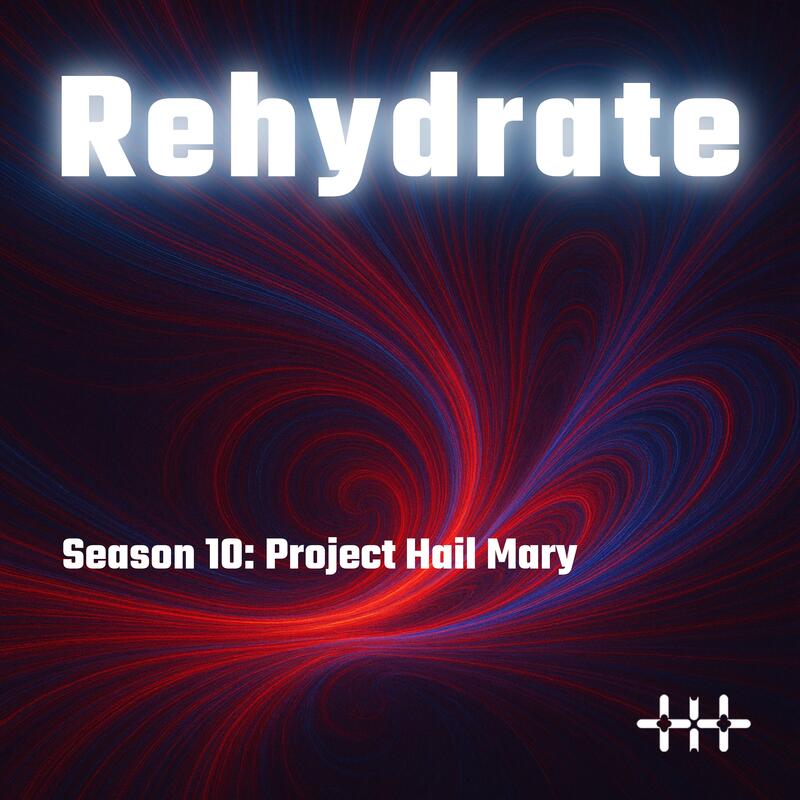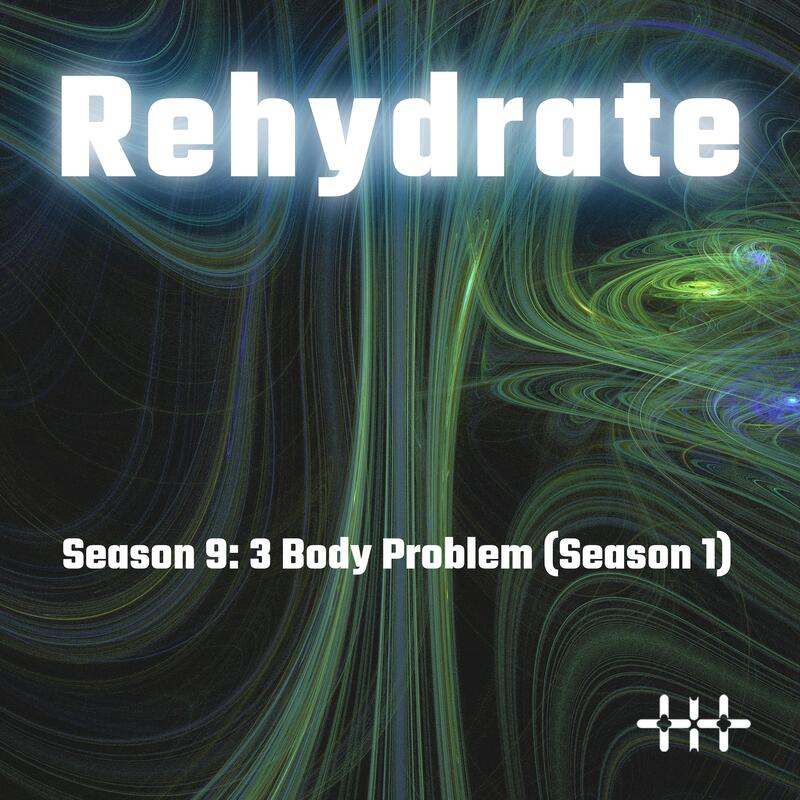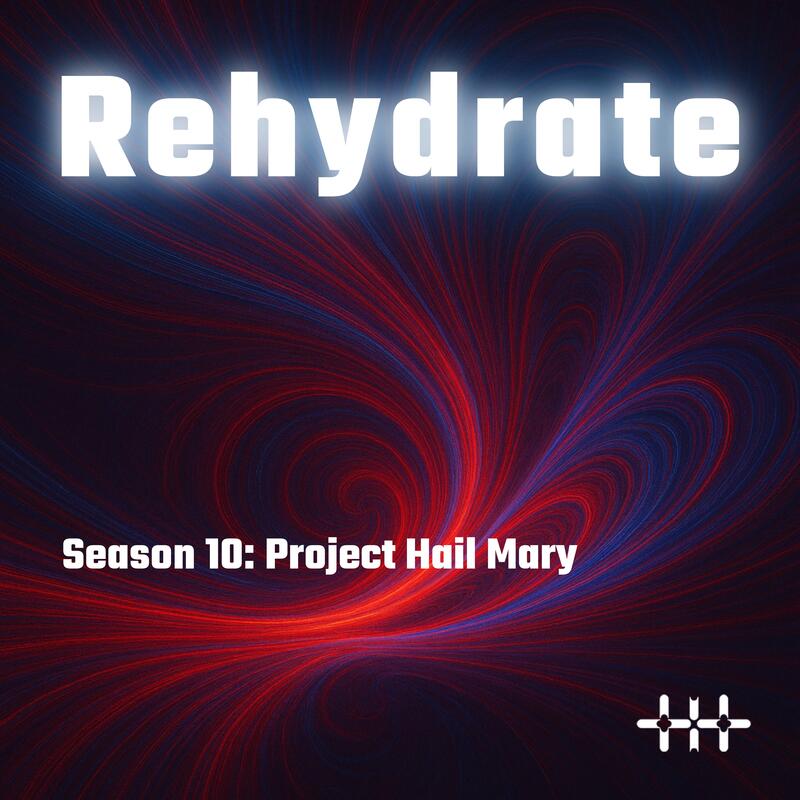
We begin with a man waking up from a coma with probes and tubes attached to him. He is disoriented, unable to recall who he is or where he is. He is surrounded by unfamiliar technology — a robot is assessing his cognitive state with a sequence of simple questions, and a set of robotic arms is assessing his physical state. There are also two dead bodies in the room.
He gets out of bed, triggering both the medical equipment and a flashback. In his memory, he’s in a diner, checking an email from Dr. Petrova. The email describes a strange solar anomaly — an infrared line from the Sun to Venus.
Back in the present, he determines that he isn’t on Earth by calculating gravity in the room. The narrative continues to flip back and forth between flashbacks and the present situation over the course of the next few chapters.
He remembers that Earth is facing an existential crisis caused by a mysterious microorganism that feeds on solar energy. This is causing the sun to lose luminosity, which will cause global temperatures to drop resulting in natural disasters that will eventually lead to human extinction. He also remembers that he was a science teacher named Ryland Grace. As an academic in molecular biology his work on extremophiles had led him to claim that life can exist without water—he ended up leaving academia after being criticized for it.
He is then recruited by Eva Stratt to study the micro-organism, which he names astrophage—which translates to “star-eater.” He finds that this organism stores energy and emits infrared light when moving.
Scientists also notice an anomaly: Tau Ceti, a star nearby, is mysteriously unaffected by Astrophage.
Though Ryland initially is reluctant to be a part of this mission, he changes his mind upon realizing the impact this crisis will have on his students’ futures. He insists upon studying astrophage further and discovers how to make it reproduce. Scientists decide to use it as fuel to make interstellar travel possible.
The Project Hail Mary mission is a last-ditch international interstellar expedition to Tau Ceti to figure out why it’s immune — and if that knowledge can save Earth.
To avoid panic or psychological breakdowns, the crew was put into a medically induced coma sleep en route. The three members were selected on the basis of having a coma resistance gene complex.
Back in the present, Ryland realizes: he’s alone, he’s the only survivor, as his other two crew members died from complications—possibly infection or failures related to the robotic caretaker—and that due to time dilation and relativity, any information he sends back to earth will take years to arrive.
As he continues exploring the ship — piecing together his role, checking systems, reviewing the mission goals, he notices that Tau Ceti has its own Petrova line, meaning it may not be immune after all.
Right at the end of part one, he notices a presence nearby. A second ship is out there. He determines it is non-human and attempting to make contact with him.
It sends out a cylinder for him to retrieve. Upon retrieval he notices it is extremely hot to the touch and has a strong smell of ammonia. The chapter ends with the realization that he has made first contact with intelligent alien life.

